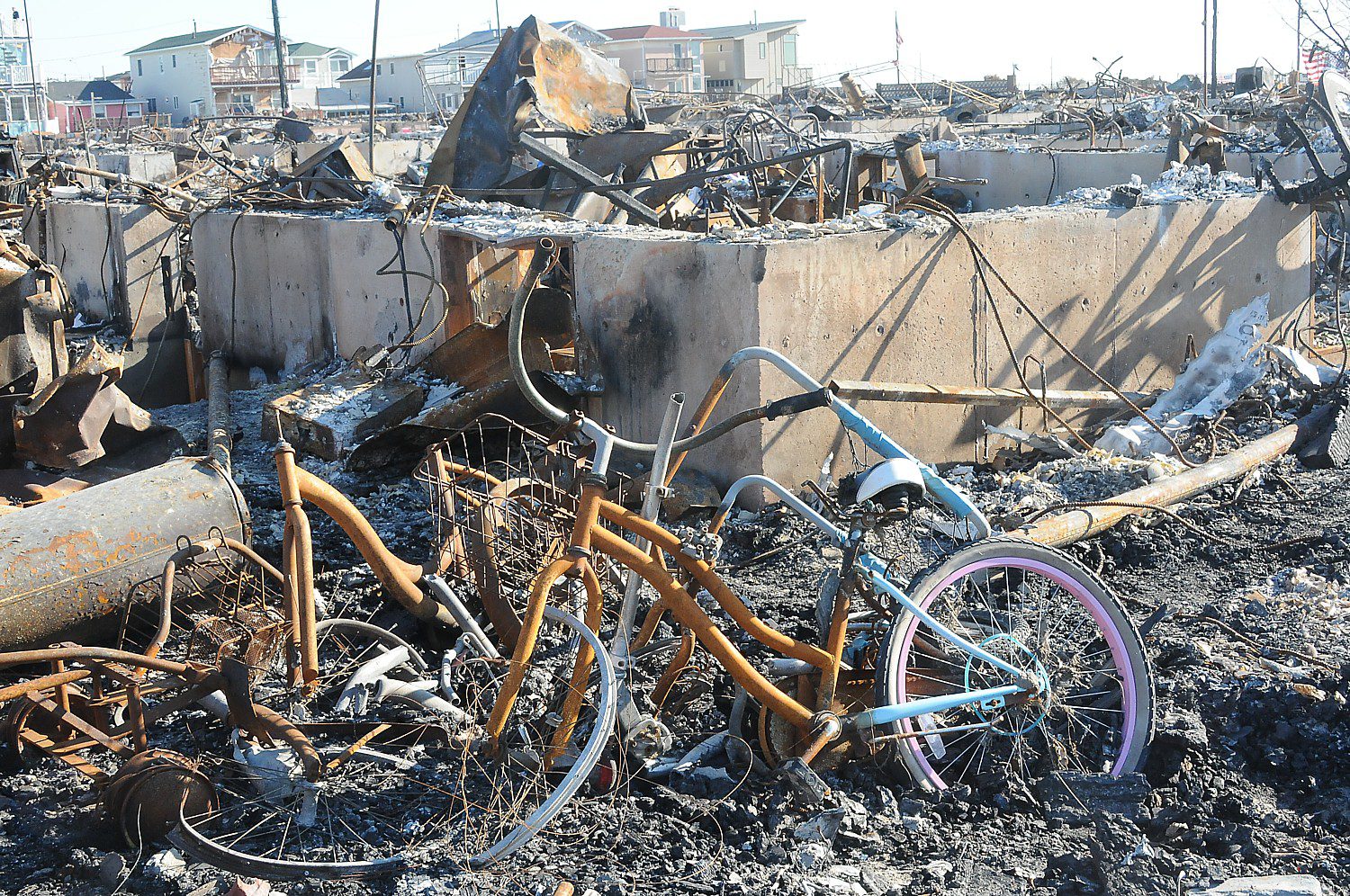
It’s the Dog Days of August – and its only June. Texas and Florida are battling floods. But Governor Ron DeSantis is handling it: he’s made “climate change” illegal, effectively banning it from the state.
While voters are being conditioned by Republicans to obsess about inflation (eggs $1 more a week, gas 60c more a gallon!) and immigration (when immigration fuels economic growth), they are being conditioned to ignore the climate disaster that will impact the health, prosperity and well-being of all of us now and for generations to come.
We are now in the midst of the first heat wave of the year, when month after month, year after year, we have hit new records for heat, for wildfires and floods.
The climate crisis has become a public health crisis with 2,000 people a year dying from heat; thousands more because climate change is a “threat multiplier” causing acute and chronic cardiovascular and respiratory illnesses due to pollution, insect-borne disease, climate disasters like flooding which causes drowning and gastrointestinal illness; water and food-related infection, actually cutting a half-year off lifespan. (https://earth.org/establishing-the-link-climate-change-and-decreasing-life-expectancy/)
“Climate change-induced extreme heat threatens health and increases health care costs,” the Center for American Progress (CAP) reports. “Extreme heat affects everything from birth outcomes to mental well-being and leads to increased deaths from conditions such as heart and respiratory disease. According to the National Weather Service, extreme heat kills more Americans than any other kind of weather-related death in the United States.”
A 2023 CAP report estimated that each summer, “heat event days would be responsible for almost 235,000 emergency department visits and more than 56,000 hospital admissions for heat-related or heat-adjacent illness, adding approximately $1 billion in health care costs… Every increase of 1 degree Celsius (1.8 degrees Fahrenheit) is estimated to increase heart disease death rates by 2.8 percent. As the climate continues to warm, deaths from stroke and heart attacks due to extreme heat could triple by 2050.” (https://www.americanprogress.org/article/extreme-heat-is-more-dangerous-for-workers-every-year/)
But because Republicans seem to only react to their livelihoods but not lives, consider these economic metrics: (https://www.niehs.nih.gov/research/programs/climatechange/health_impacts)
Every three weeks, the United States experiences an extreme weather event that produces $1 billion worth of damage, averaging $150 billion a year ($165 billion in 2022) according to the latest US National Climate Assessment, CNN reported (https://www.cnn.com/2023/11/14/us/national-climate-assessment-extreme-weather-costs/)

Upset about the cost of a dozen eggs, a gallon of gas? Climate change will hit every pocketbook. Consumer Reports published a study from global consulting firm ICF estimating the lifetime personal cost of climate change for a baby born in the US in 2024 at $500,000 from costly repairs to damaged property, astronomical increases in home insurance, higher food costs, lost labor productivity. (https://www.consumerreports.org/home-garden/climate-change/the-per-person-financial-cost-of-climate-change-a6081217358/)
Now consider that researchers estimated complying with the Paris Climate Agreement would cost the global economy $6 trillion by 2050, compared to an estimated $38 trillion economic damage due to climate change, CNN reported. (https://www.cnn.com/2024/04/17/business/climate-change-disasters-economic-cost/index.html)
In the U.S., that is $150 billion a year spent to recover from climate disasters versus the $52.2 billion in discretionary budget spending in 2024 Biden is allocating to tackle the climate crisis (the largest budget request for climate change in history). Pretty savvy investment.
Biden has managed to conjoin climate action with environmental and economic justice, steering investment dollars where they can have the biggest bang for the buck. Here’s a sampling of actual programs:
- The Biden-Harris Administration is releasing a new Climate Capital Guidebookto provide a simple, comprehensive map of capital programs across the federal government that are available to climate-related start-ups, small- and medium-sized businesses, and their investors, leveling the playing field with larger, institutionally-backed climate companies that have the resources to identify and access federal funding opportunities.
- The Inflation Reduction Act (not a single Republican voted for it), is enabling the Environmental Protection Agency to implement a $27 billion Greenhouse Gas Reduction Fund, a first-of-a-kind national financing program to catalyze private investment in clean energy projects. The agency announced $14 billion for a National Clean Investment Fund, $6 billion for the Clean Communities Investment Accelerator, and $7 billion for the Solar for All Program. Together, these investments are creating new clean energy job opportunities and reducing pollution in low-income and disadvantaged communities, as part of President Biden’s Justice40 Initiative.
- The Treasury Department, through the Community Development Financial Institutions Fund(CDFI Fund), is promoting access to capital in low-income communities for projects related to climate resilience, extreme weather response or preparation, emission reduction, sustainability, energy or water efficiency, and clean energy projects.
- The Defense Department and the Small Business Administration are jointly rolling out the Small Business Investment Company Critical Technologies Initiativeto increase capital investment in technologies critical to U.S. economic and national security, including renewable energy generation and storage.
- The Departments of Energy and Transportation are working togetherwith states to build out the infrastructure for an electric mobility future while furthering the Justice40 Initiative. The National Electric Vehicle Infrastructure Formula Program is providing $5 billion over five years to states to deploy electric vehicle charging infrastructure along corridors, and the Charging and Fueling Infrastructure Program is providing $2.5 billion over five years to fill gaps in the national network by installing chargers in various communities. The SMART Program is granting states $500 million over five years to conduct demonstration projects focused on advanced smart community technologies and systems that improve transportation efficiency and safety. And the Communities Taking Charge Accelerator Program is providing $54 million in funding for projects that expand community e-mobility access and provide reliable clean energy, accelerating the transition to electric vehicles, including in disadvantaged communities.
- The Department of Housing and Urban Development and the Department of Energy are collaborating with state and local partners to ensure that funding for affordable housing development can also be used to deploy clean energy technologies like heat pumps. Programs like the Green and Resilient Retrofit Program, the annual Innovative Housing Showcase, and the Buildings Upgrade Prizehighlight how funds for affordable housing can simultaneously benefit clean energy and climate companies.
- The Administration launched a seriesof Investing in America Workforce Hubs – partnerships with state and local officials, employers, unions, community colleges, high schools – to connect Americans to good-paying jobs. And the Labor Department launched an interactive map to steer workers to the 1,000 clean energy projects are nationwide.
The dollars for climate action make sense.






